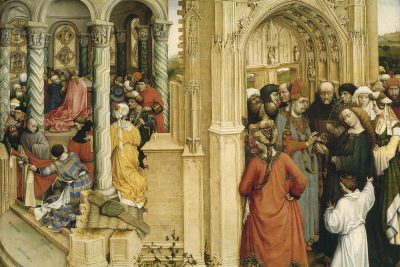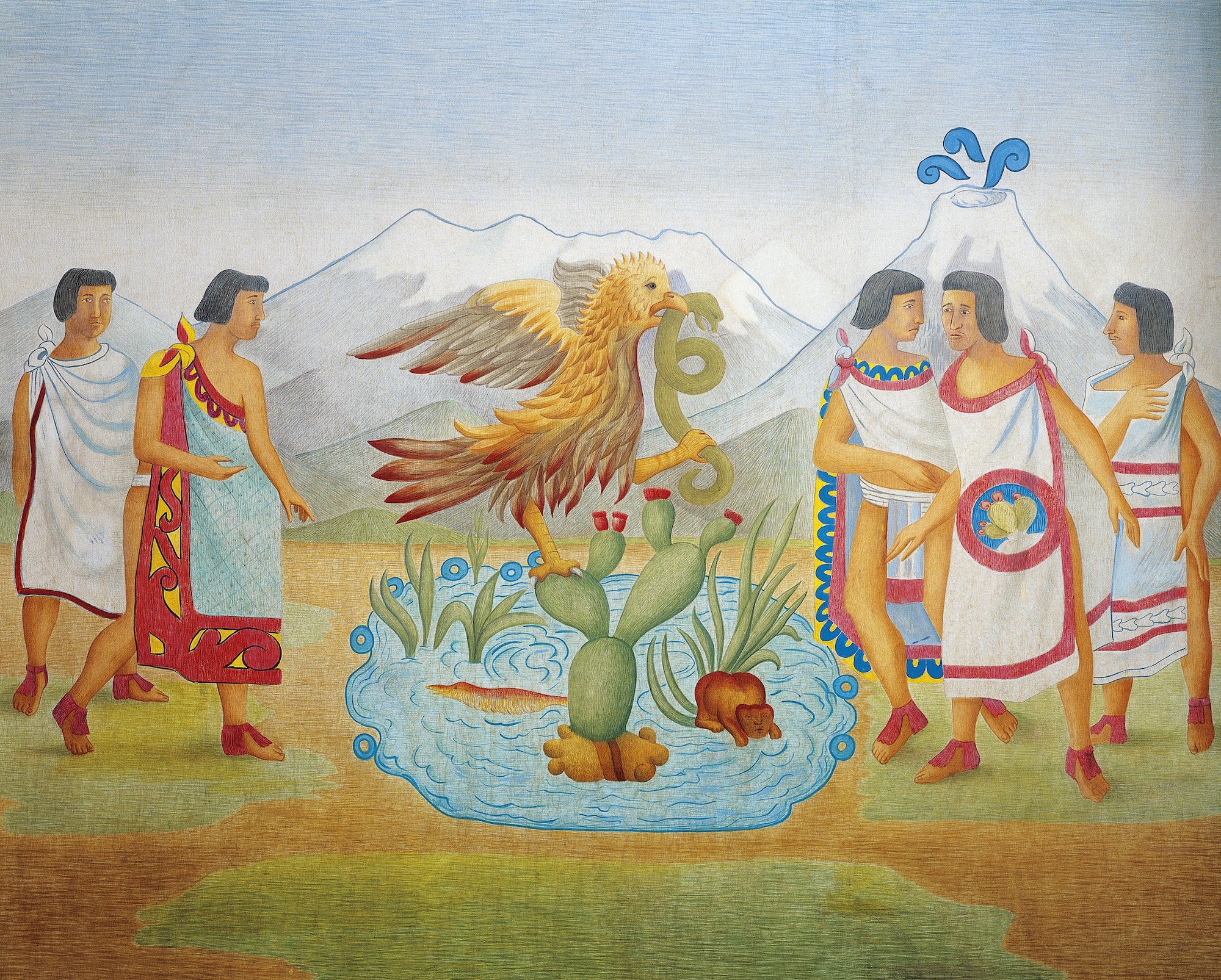
What is the Aztec Foundation: history, culture, or facts

The Aztec foundation is a captivating narrative that intertwines history, culture, and tradition, representing a crucial chapter in the story of civilization in ancient Mexico. Though the precise origins of the Aztec people remain shrouded in mystery, their cultural practices offer valuable insights into their transitional journey from hunter-gatherers to a mighty empire. This article delves into the significant aspects of the Aztec foundation, exploring their migration patterns, cultural developments, and lasting legacies.
As we uncover the layers of the Aztec foundation, we will highlight key events and influences that shaped their society. From the migration and settlement strategies that defined their early existence to the establishment of Tenochtitlán, this exploration will illuminate the essential facts, cultural symbols, and enduring impact of the Aztec civilization on modern Mexico and beyond.
Understanding the Origins of the Aztecs
The origins of the Aztecs can be traced back to a complex mix of cultural influences and distant ancestral roots. It is believed that the Aztec people emerged from northern regions of Mexico, evolving from hunters and gatherers into agriculturally focused communities. Archaeological evidence suggests that their migration patterns were influenced severely by the environmental changes and sociopolitical developments of the time.
Migration and Settlement: From Hunters to Farmers
Migration played a vital role in establishing the Aztec foundation. As the Aztec ancestors left their homes in the northern territories, they faced numerous challenges in their quest for a sustainable lifestyle. This journey, often tumultuous and marked by struggle, ultimately led to their adoption of agriculture, paving the way for a more stable and prosperous existence.
- Farming Techniques: Transitioning to agriculture marked a significant turning point for the Aztecs, allowing them to cultivate crops like maize, beans, and squash.
- Permanent Settlements: The establishment of permanent dwellings facilitated the development of complex societal structures.
- Community Cohesion: As agricultural practices flourished, communities began to form, fostering social ties and shared cultural identities.
The Fall of the Toltecs and Its Impact
The eventual collapse of the Toltec civilization was pivotal in shaping the Aztec foundation. With the decline of Tula, the Toltec capital, around the 12th century, a power vacuum emerged. This situation allowed various groups, including the Chichimec led by the legendary figure Xólotl, to seize opportunities for settlement in the fertile lands of central Mexico.
The Role of the Chichimec in Aztec History
The Chichimec played an essential role in the Aztecs' formative years. Their migration into the central highlands was instrumental in introducing new ideas and techniques, which the Aztecs later adopted within their burgeoning culture. The blending of traditions led to a rich tapestry of beliefs and practices that defined the subsequent Aztec society.
- Military Strategies: The Chichimec brought with them unique military tactics that influenced the Aztec approach to warfare.
- Cultural Exchange: Interactions among different groups facilitated the exchange of artistic styles, technologies, and religious beliefs.
- Social Structures: The Chichimec helped to shape the social hierarchy that developed within Aztec society.
The Sacred Pilgrimage: Following Huitzilopochtli's Guidance
Central to the Aztecs' religious beliefs was the worship of deities, particularly Huitzilopochtli, the god of war and the sun. Following his divine guidance was critical for the Aztecs, shaping their journey as they sought a homeland. According to tradition, Huitzilopochtli instructed the Aztecs to search for a specific sign that would indicate their permanent residence.
This marked the start of a sacred pilgrimage, leading them through diverse landscapes and challenging conditions. The vision that led them to establish Tenochtitlán, where they spotted an eagle perched on a cactus with a serpent in its beak, remains a powerful symbol that resonates today.
The Founding of Tenochtitlán: A New Beginning
In 1325, the Aztecs successfully established Tenochtitlán, marking a significant moment in their history. This city became the epicenter of the Aztec foundation and a shining example of their agricultural, architectural, and societal achievements. Tenochtitlán grew to become one of the largest cities in the world at its peak, a testament to the ingenuity and resilience of the Aztec people.
Symbolism: The Eagle, Cactus, and Serpent
The imagery of the eagle, cactus, and serpent serves not only as a representation of the Aztecs' founding but also as a profound cultural symbol that has persisted throughout history. These elements encapsulate their identity, aspirations, and a deep connection to the land.
- The Eagle: Symbolizes power, freedom, and the divine guidance of Huitzilopochtli.
- The Cactus: Represents survival and endurance in a challenging environment.
- The Serpent: Often associated with devouring and renewal, embodying the natural cycle of life and death.
Cultural Legacy of the Aztec Foundation
The Aztec foundation has left an indelible mark on Mexican culture and identity. From language and religion to art and cuisine, the influence of the Aztecs is evident in various aspects of modern life. Their ancient traditions continue to inspire and shape cultural practices within contemporary society.
Significant contributions of the Aztecs include:
- Religious Practices: Many religious customs and festivals still celebrated today have roots in Aztec traditions.
- Language: Nahuatl, the language of the Aztecs, persists in modern Mexican dialects.
- Art and Architecture: The Aztecs’ architectural styles and artistic expressions serve as a foundation for Mexican artistic heritage.
Conclusion: The Enduring Influence of the Aztecs
The journey through the history of the Aztec foundation unveils their significant impact on the cultural landscape of Mexico. Understanding their origins, migration patterns, and eventual establishment of Tenochtitlán provides valuable perspectives on their enduring legacy. The symbols they embraced, such as the eagle, cactus, and serpent, reflect not only their beliefs but their resilience as a people.
Today, the Aztecs' contributions to language, art, religion, and society serve as vital threads woven into the fabric of modern Mexican identity. As we reflect on the Aztec foundation, we are reminded of the power of culture and tradition in shaping the world we inhabit, emphasizing the importance of honoring and preserving historical legacies for future generations.
Did you find this article helpful? What is the Aztec Foundation: history, culture, or facts See more here Education.
Leave a Reply






Related posts